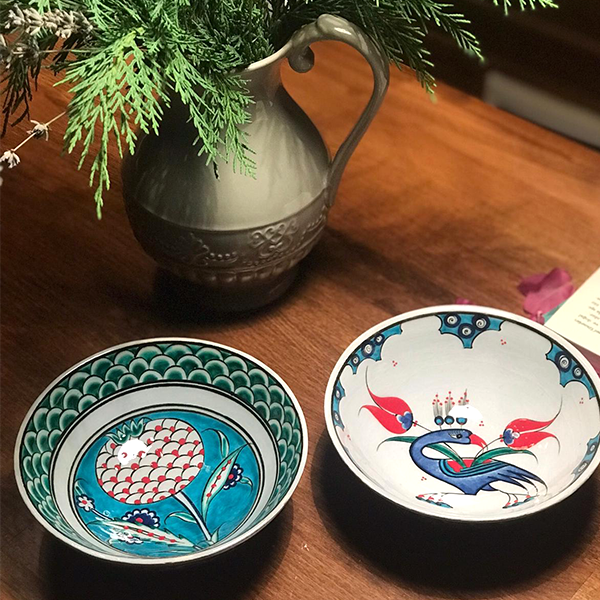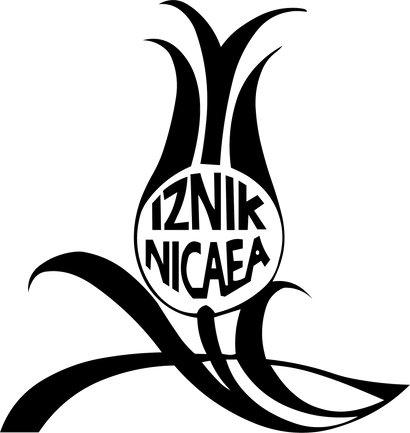WELCOME TO THE WORLD OF IZNIK
WELCOME TO THE WORLD OF IZNIK

Today Iznik Tiles
August 28, 2017 1 min read
"Chini" is the name given to the special quality of ceramics and ceramics produced in the 15th and 16th centuries in Iznik (historical Nikaea). These exquisite china and pottery represent the cultural and artistic richness of the Ottoman Empire. These examples of tiles and ceramics are part of the best museum collections in Turkey and in the world.
Beginning from the Seljuk period, when the "chini" tiles in the architecture were used as decorative elements in the buildings; This art was likewise welcomed by the Ottomans. While the "tile" tiles were used in the saray, the mosque and other structures that lived to this day, the Iznik cupboard was the official seal of many Ottoman palace aliens. The designs were established in the center of the Ottoman palace "nakkash hane" and used on tiles, ceramics and all Ottoman handicrafts.
After many years of research and numerous experiments by İznik Çini founded by Mehmet Gursoy in 1984, after 400 years, rebuilt iznik tiles and ceramics.
Mehmet Gursoy’s workshops have succeeded in producing Iznik tiles and ceramics at the same quality as their predecessors; With the same old traditional methods of the 16th century, which make up the summit of this art form in world ceramic literature. Today, "chini" tiles and pottery are completely handmade, preserving traditional quality and aesthetic form, but using existing technology systems for research.
Today iznik tiles are used as an architectural element of old and modern buildings by interior designers and architects. The traditional motifs of iznik tiles and iznik panels started to take place in big projects from day to day.
Subscribe
Sign up to get the latest on sales, new releases and more …


